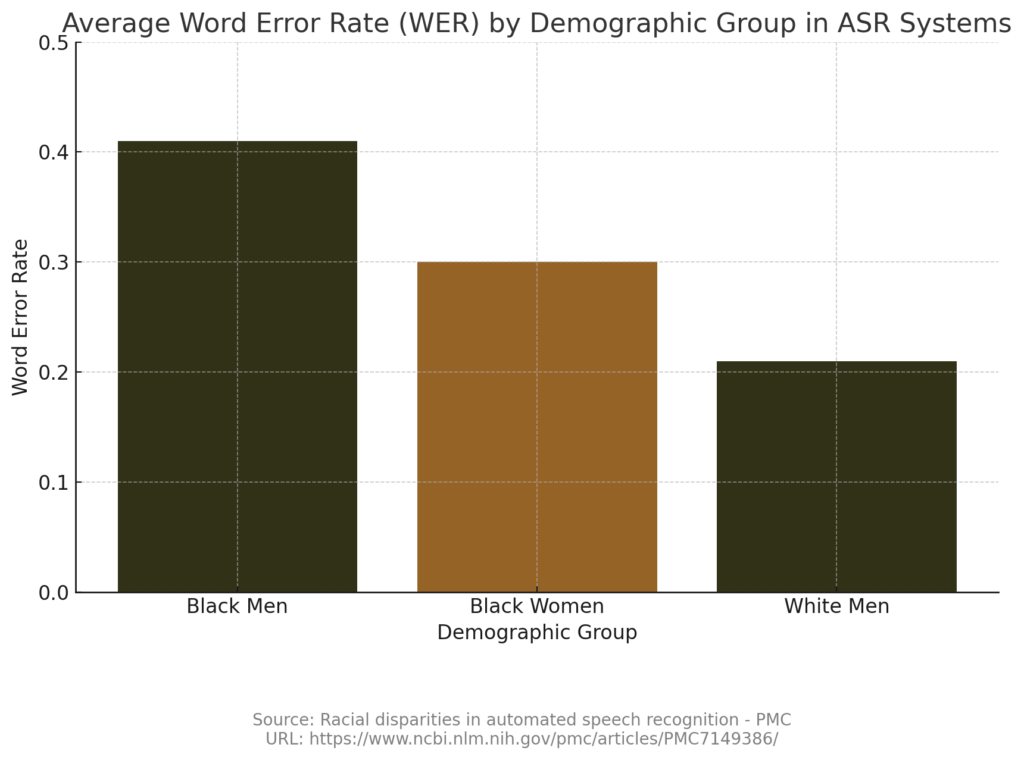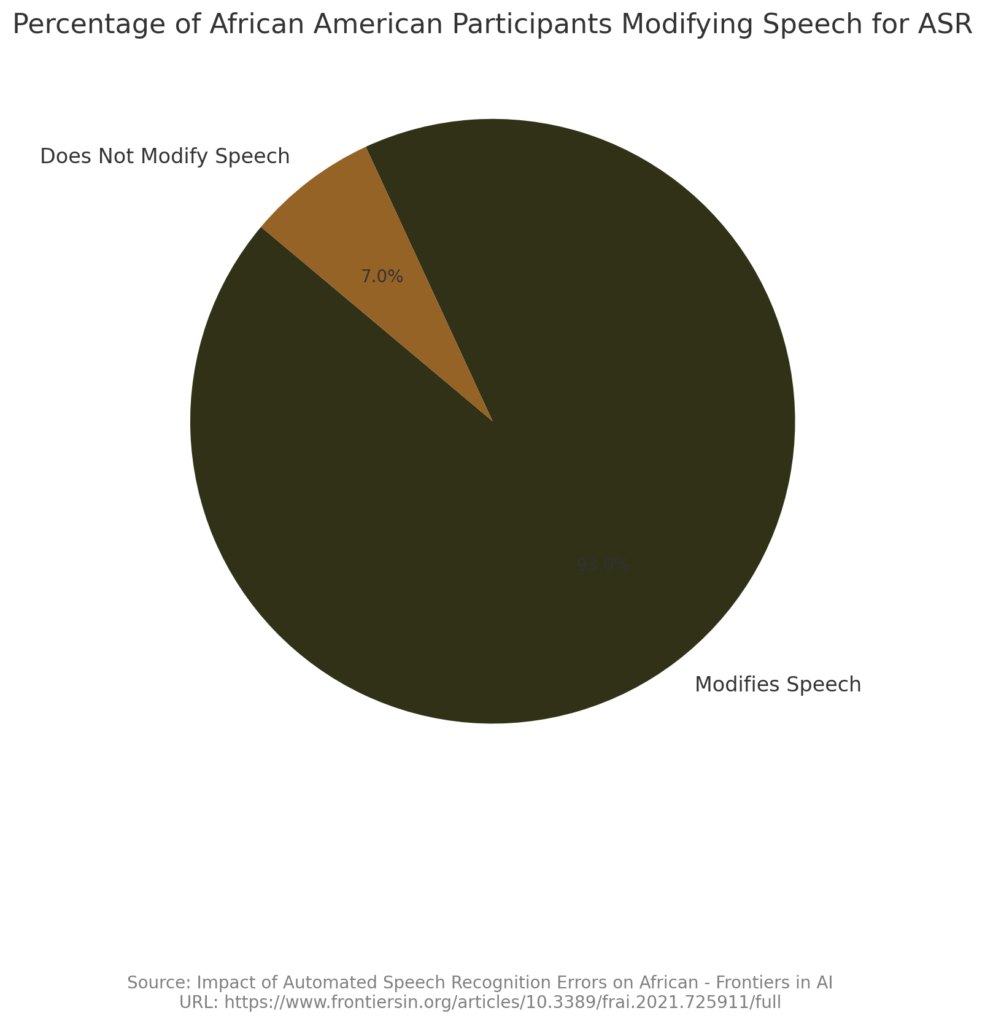
Voice Recognition Technology Struggles with African American English
By Darius Spearman (africanelements)
Support African Elements at patreon.com/africanelements and hear recent news in a single playlist. Additionally, you can gain early access to ad-free video content.
Linguistic Discrimination in Speech Technology
Recent research has revealed that automatic speech recognition (ASR) systems often struggle to accurately understand African American English (AAE) speakers (NSF PAR). Unfortunately, this can lead to linguistic discrimination. Moreover, it can also cause negative impacts for AAE speakers when using voice-enabled technologies.
Higher Error Rates for AAE Speakers

Studies have shown that ASR error rates are significantly higher for individuals who speak AAE (NSF PAR). This is in comparison to mainstream American English speakers. However, the findings indicate a concerning bias in these systems (Stanford News).
“One group commonly misunderstood by voice technology are individuals who speak African American English, or AAE. Since the rate of automatic speech recognition errors can be higher for AAE speakers, downstream effects of linguistic discrimination in technology may result.” (NSF PAR)
Distinct Features of African American English
AAE is a major dialect with its own unique characteristics (Eastern Michigan University). These stem from its historical origins and cultural identity. Some key features include:
- Vowel mergers
- Consonant cluster reductions
- Omission of certain grammatical markers
The linguistic differences between AAE and mainstream American English likely contribute to the higher ASR error rates (Eastern Michigan University). Consequently, this happens when the systems lack adequate training on AAE data.

Addressing the Bias in ASR Systems
To mitigate this bias, researchers emphasize the need to diversify the training data used for ASR systems (NSF PAR). Therefore, by better representing AAE and other underrepresented varieties of English, the performance can be improved (New York Times). This would benefit all speaker groups.
In summary, promoting equitable access is crucial as voice technologies become increasingly prevalent in our daily lives. Preventing marginalization in their development is also important. Ultimately, accounting for linguistic diversity, particularly AAE, is an essential step (NSF PAR). It can help reduce bias and ensure fair and accurate performance across the board.
About the author
Darius Spearman is a professor of Black Studies at San Diego City College, where he has been pursuing his love of teaching since 2007. He is the author of several books, including Between The Color Lines: A History of African Americans on the California Frontier Through 1890. You can visit Darius online at africanelements.org.
